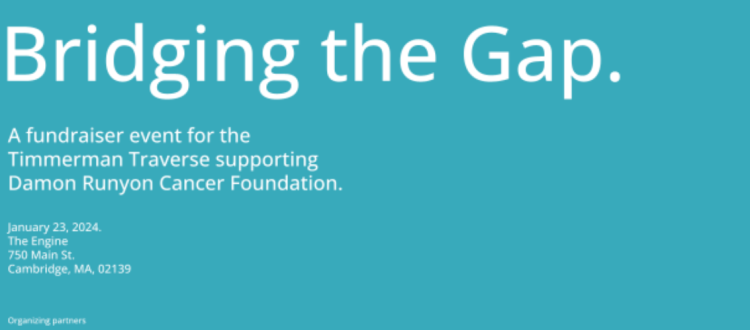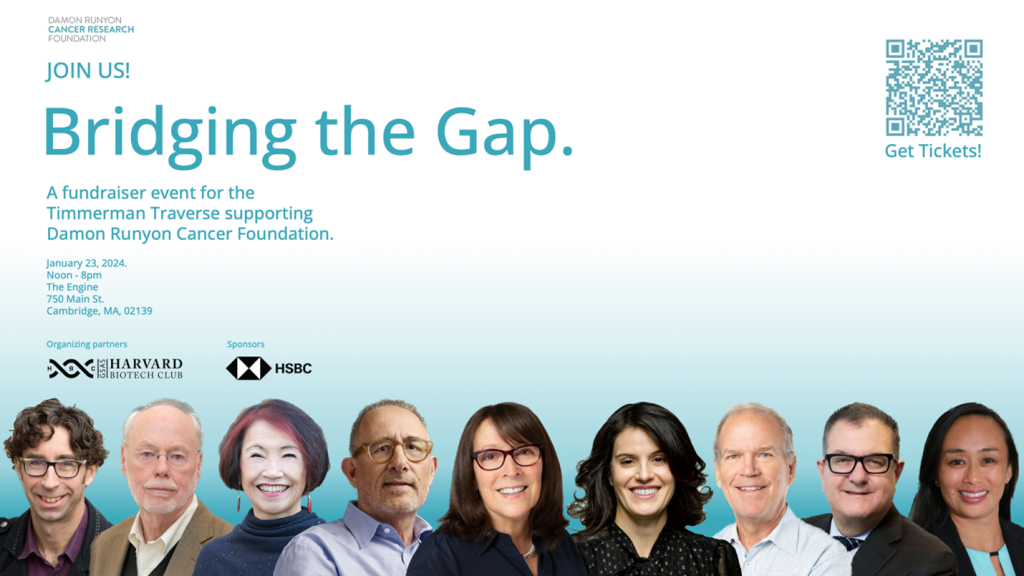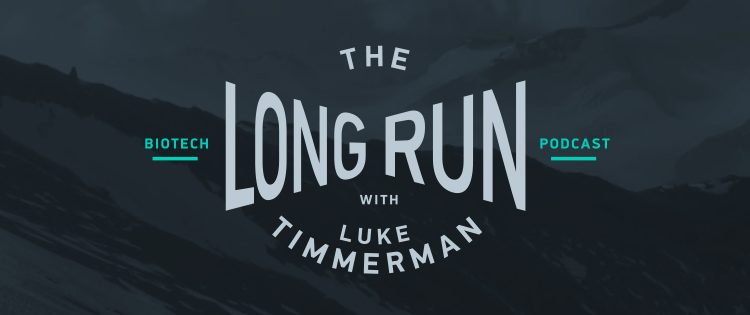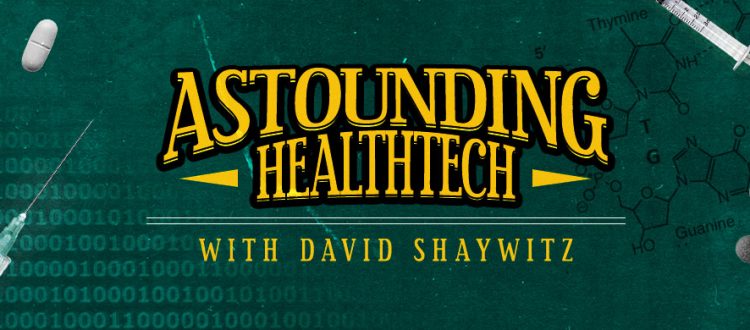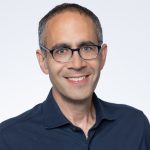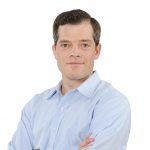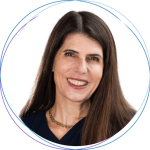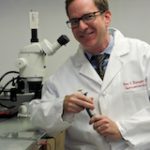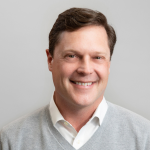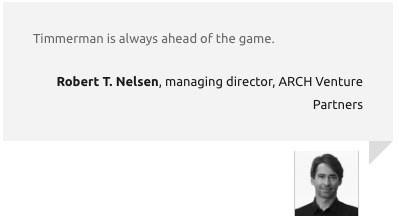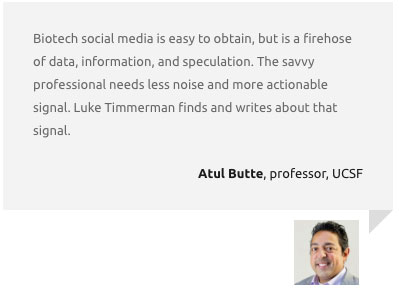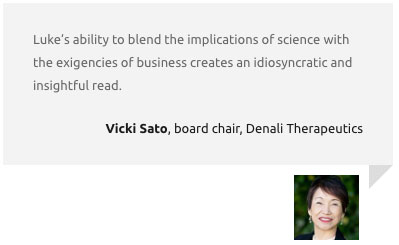Get In-depth Biotech Coverage with Timmerman Report.
11
Dec
2023
11 Strategies for Motivating and Holding a Biotech Team Together for a Long Time
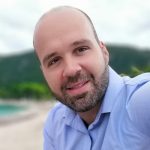
Angelos Georgakis, executive coach to biotech leaders
[This is an excerpt from The Biotech Leader’s Handbook by Angelos Georgakis.–LT.]
The founder of Vertex Pharmaceuticals, Joshua Boger, once said, “Drug discovery is an insanely complicated activity; what makes a great leader in our industry is the ability to hold a team together for a very long time.”
So, how can a leader in our industry hold a team together for a long time?
Here are 11 strategies for you to consider.
-
Don’t tell a star what to do.
A biotech team is a bunch of brilliant PhDs, postdocs, and scientists. These folks are hustlers by nature, but even with them, you still have to press the right buttons.
Smart people don’t respond well to being told what to do. What you do is, hopefully, you inspire them to want to take action. And this is the difference between leaders and managers; managers tell people what to do whereas leaders inspire them to do it.
Daniel Pink in his book Drive mentions autonomy as one of the three things that motivates people among purpose and mastery: “People need autonomy over task (what they do), time (when they do it), team (who they do it with), and technique (how they do it).”
-
Have everyone in the team talk to and stay close to patients.
Take the time to leave the lab, the clinic, the office and meet with the patients of the disease you’re trying to treat. It will give you so much energy and focus.
The former CEO of Novo Nordisk, Lans Sorensen had all the employees meet with patients and understand what their lives were like and how the company’s products were transformative.
-
Make sure the vision is bold enough.
Stars won’t work for any company; they want to work for a company that sets out to achieve the impossible, i.e. a new modality, a new class of medicines. Attracting and retaining talent always starts with a bold vision.
-
But also talk and reflect about that bold vision, a lot.
The daily grind can consume you. You need a spiritual practice as a team.
Spend five minutes every week after an all-hands meeting reflecting on your why. Have different people talk about what the vision means to them. This spiritual practice will save you when you find yourselves at crossroads.
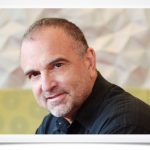
George Yancopoulos, president and chief scientific officer, Regeneron Pharmaceuticals
George Yancopoulos, the Founder of Regeneron, once said:
“What most companies do is… at a very early stage when they really think they’re onto something, they go to Pfizer or Amgen or Merck and they sell out, and the company is gone!
They get what seems to be a lot of money upfront, let’s say $100m, the couple of guys who started the company make a decent amount of money… but the company is done! It’s then all up to the big company, but what happens is ultimately most of these projects die in the big company…”
Teams often get divided in the face of critical decisions like the ones Yancopoulos is talking about above because the vision is not iterated enough.
-
You can’t motivate people with money—at least for a long time…
Back in 1995, Microsoft paid writers big bucks to write Encarta, an encyclopedia it sold on CD and as software. Ten years later, they had to close it down defeated by a competitor that paid no one and offered its encyclopedia for free: Wikipedia!
External incentives can’t inspire people to care. As Wharton Professor Russell Ackoff said, “Money to a company is like oxygen to a human being. If you don’t have enough, you have a problem. But if you think life is about breathing, you’re missing the point”.
The other problem with incentives is that they’re easy to match, so they don’t give your company a competitive edge for recruiting, retaining, and engaging top talent.
Be generous and reward your team for outstanding performance. But traditional “if-then” carrot type of rewards kill your team’s intrinsic motivation. Don’t waste those infinite reservoirs of energy waiting to be deployed to your bold vision.
-
Know each member of the team deeply.
How can you motivate them if you don’t know what motivates each one of them? Talk to them. 1-on-1. Soul-to-soul.
Tell them, “What is your personal vision? What are your aspirations and dreams? How can we help you achieve those dreams?”
Your job is to align what your company’s trying to accomplish with what they’re trying to accomplish. If you can match their unique skillset, intelligence, passion, and aspirations with your vision, you have succeeded.
And remember that people just want to talk to you to tell you how good they feel or how challenging times seem. If you have enough time for your people and you show you care about them, they pay it back 10x.
-
Create buy-in.
Your team needs to be invested in a decision, otherwise, their execution will be half-hearted or won’t even happen. You create buy-in when you make people feel that they’re part of the decision. Not all perspectives can win but all perspectives must be considered to create buy-in. People want to feel heard. This applies to decisions, company values, and vision.
-
See the A player in everyone.
Steve Jobs used to say about his mentor and coach Bill Campbell, “Bill can get A performances out of B players”. But to achieve that, you first have to believe that a “B player” is capable of achieving A performances.
You have to believe that the person you thought of as a B player can be an A player. What would happen to their performance if you truly believed they’re an A player? How would you treat them differently? How would they treat you and the task differently?
-
Show appreciation. Consciously, deliberately, and often.
Tell people how amazing they are; knowing is not enough. Add a weekly “love the team” block in your calendar. Write or talk to them one by one, not a “Hey thank you for your hard work everyone” in Slack!
When you catch yourself feeling grateful about someone or something they’ve done, let them know. When you hear something nice said about someone, let them know. And be specific: “Jen, I appreciate you for updating those process documents”.
-
Always leave the door unlocked.
Don’t try to retain your stars by locking the door. Help them learn and grow, rotate them, invest generously in their training without any expectation. If they leave you, they’ll tell everyone in the tiny biotech world how great you are.
They may have to go somewhere else to get the necessary skills and come back when the time is right to contribute 10x towards your vision. And remember… just like your vision and your culture, your alumni will help you win the long war for talent.
Last, and most important…
-
Don’t try to be a Rambo type of leader.
You don’t have to always show up confident and powerful in front of your team. You shouldn’t. You must not!
Motivation is like a feeling; it comes and goes. This is where the leaders who want to do a great job fail: expectations.
There is no way you and your team can feel motivated 24/7. Feeling disappointed because you didn’t get the expected data? Are you worried about fundraising? You’re still a great leader…
Don’t spend infinite amounts of energy to hide those emotions from your team and show up emotionless. Because you make them more anxious when they can see a gap between what you feel inside and what you project outside. The dissonance is what makes people feel unsafe.
Slow down to acknowledge those feelings. You must let those feelings out first before you can create space for motivation.
“Disappointing data, I know. Feeling like s*** today like everyone else. BUT I’m confident we’ll figure this out.”
All your team needs to feel pumped again is that “we’ll figure this out.”
Take a moment as a team to grieve the data you didn’t get, accept, and then move onto action.
Loving you, Angelos.
biotechsuccess.com
You can get a copy of The Biotech Leader’s Handbook on Amazon.


